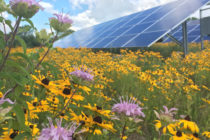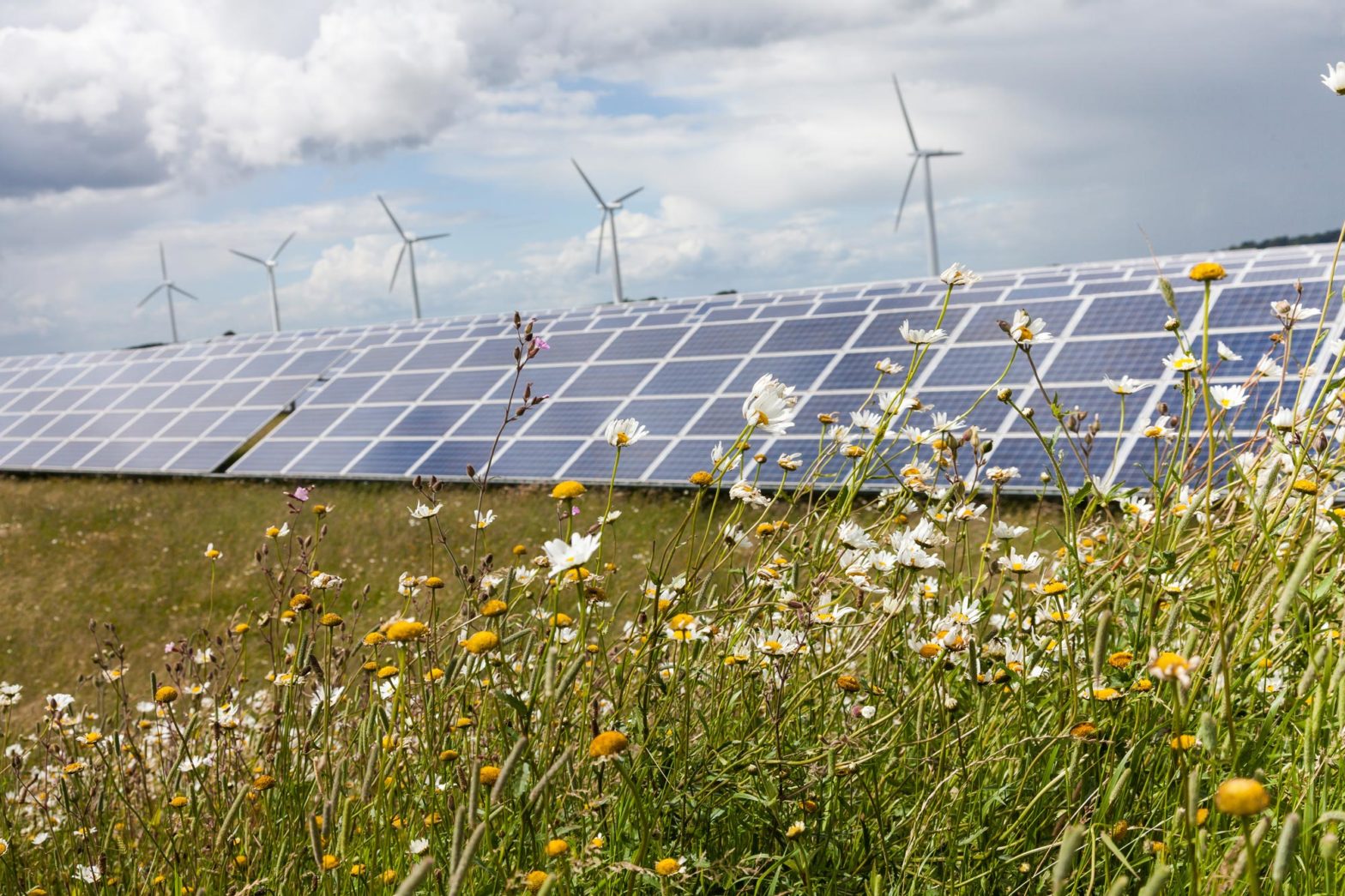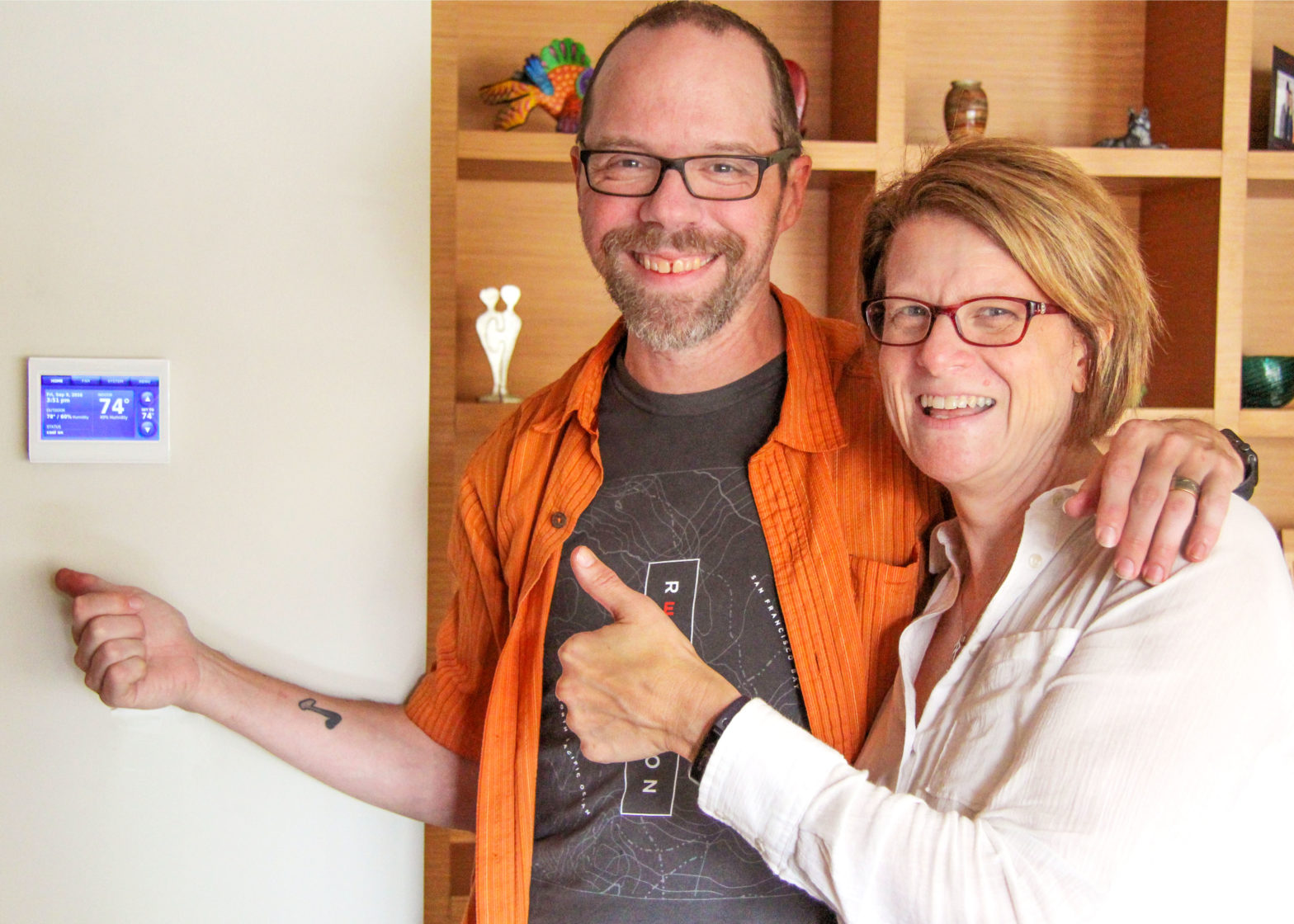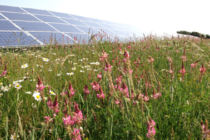2016 was the first year of Minnesota’s solar bloom — but there’s plenty more to come. While even more solar sites are planned to be built in the years ahead, tens of millions of native flowers and short-growing meadow grasses will be taking root under and around the panels. Look for black-eyed susans to develop faster than the rest, followed by purple prairie clover, partridge pea, butterfly weed, and more.
solar
How the historic decision to transform Xcel Energy’s electricity was made
Working directly with Xcel and with our “Clean Energy Organizations”, or CEO, partnership, Fresh Energy used for the first time in Minnesota the same utility inputs and modeling Xcel uses. We analyzed options for closing the Sherco 1 and 2 coal plants and replacing them with vast amounts of cost-effective energy efficiency, wind, and solar power. Our independent analysis demonstrated that Xcel’s cheapest course of action—and the lowest in carbon—was the retirement and replacement of these two units, which are the biggest sources of global warming pollution in the Upper Midwest. Xcel agreed with our analysis, and completely revised its 15-year plan to reflect those economic opportunities. Fresh Energy applauds the unanimous Minnesota Public Utilities Commission decision to modify and approve Xcel’s 15-year Resource Plan as the affordable, reliable, and clean path forward for Minnesota customers.
Minnesota Public Utilities Commission unanimously approves Xcel’s 15-year plan
Today, the Public Utilities Commission held its final hearing and unanimously approved with modifications Xcel Energy’s 15-year energy plan (Integrated Resource Plan). After two years of rigorous study, Xcel Energy proposed a Midwest-leading energy plan for the next 15 years – doubling the amount of wind and solar on its system and taking significant strides to reduce coal with the retiring of Sherco units 1 and 2 in the mid-2020s. Xcel’s proposed energy plan saw broad support from customers, including over 10,000 Minnesotans; cities of Becker, Red Wing, and Minneapolis; Sherburne County; clean energy organizations, and the St. Paul Area Chamber of Commerce.
Electric Cooperatives Connecting Pollinator Conservation and Clean Energy
“Butterflies, birds, and bees find a haven at Connexus” proclaimed the email recently sent to all members of Connexus Energy, Minnesota’s largest customer-owned electric cooperative. Connexus’ community solar garden hasn’t just been popular with its members — the site is also benefitting Minnesota’s bumblebees, honeybees, and foraging song birds — and is on the leading edge of a rapidly growing trend.
Powering our future with clean electricity
Mark and Kate Hanson’s home in Roseville, Minnesota, has many special features – but one of the most exciting is their use of clean electricity for heating, cooling, keeping the lights on, and powering the family cars. For nearly 25 years, Fresh Energy has been working to transition to a clean energy system in the state. Increasingly we see that an “all-electric economy” – like the one modeled by Mark and Kate Hanson – may just be the answer.
188-2: Minnesota Sets Standard for Land Use on Solar Sites
Authored by agriculture leaders, a new law sends a clear signal to the solar industry regarding a preferred practice for use of land on solar sites. State-wide standard will meaningfully help Minnesota’s bees, monarchs, pheasants, and songbirds, by providing abundant, high-quality foraging habitat on solar sites.






